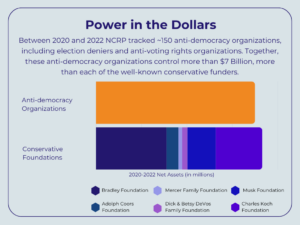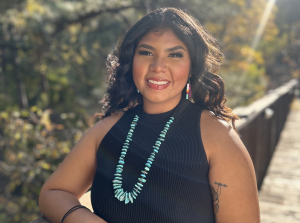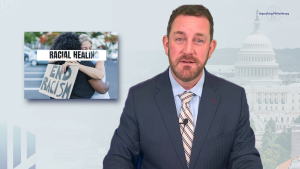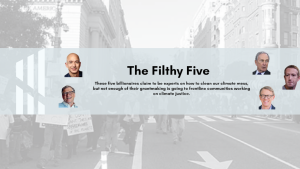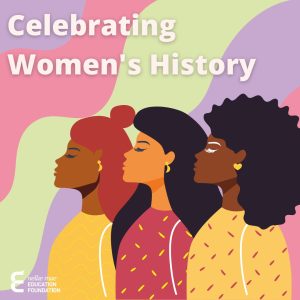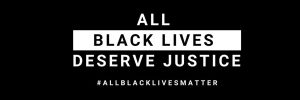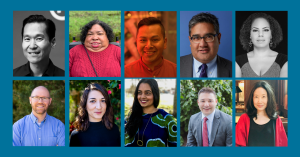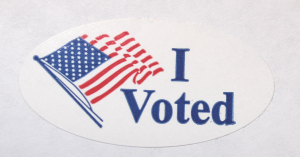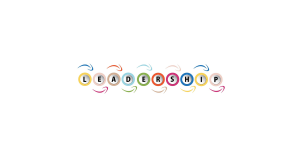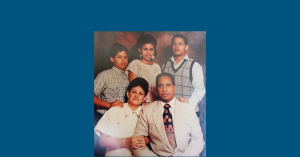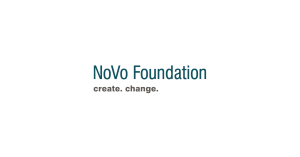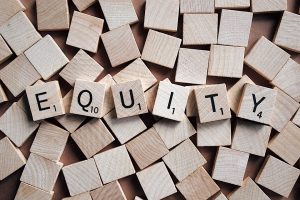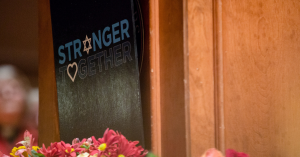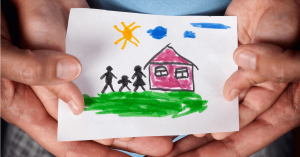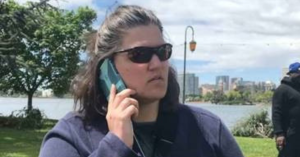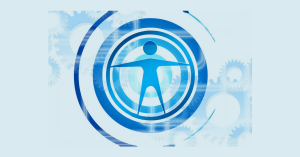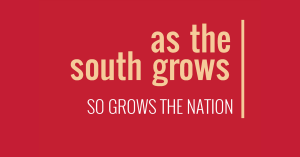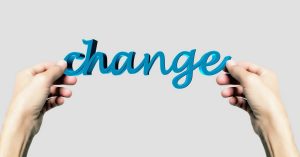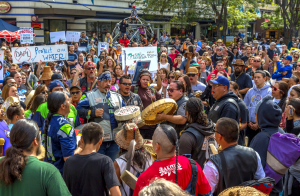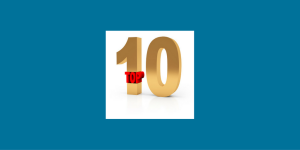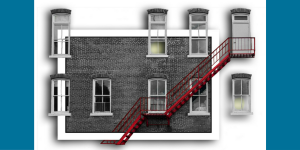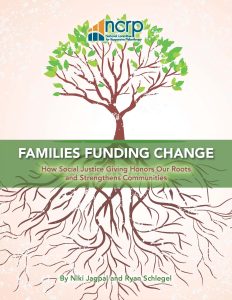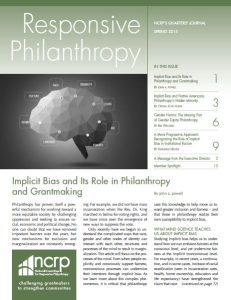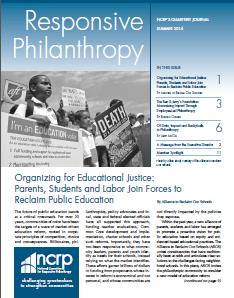I attended the Grantmakers in Health conference in San Diego earlier this month and came back impressed, inspired, energized and infuriated.
As a first time attendee, I was impressed by the consistent attention to equity. I learned at the newcomer welcome session that GIH will explore this theme throughout the year, including doing scans of the field to learn about equity and policy engagement work among local health funders. (Presumably timed for the conference, GIH has a 24-page special insert to the Spring 2016 edition of Stanford Social Innovation Review entitled “Innovations In Health Equity.”)
In side conversations, several attendees mentioned to me that their foundations were newly embracing equity and/or a social determinants of health approach in their grantmaking. It definitely felt like equity was in the air! I was inspired by the courageous leaders I heard speak in plenaries and workshops. Two sessions in particular stood out for me. One was the panel at the health equity breakfast: Deaconess Foundation CEO (and NCRP board member) Rev. Starsky Wilson, ISAIAH Executive Director Doran Schrantz and Fathers and Families San Joaquin Executive Director Samuel Nuñez. (All have articles in the SSIR supplement, where you can read more about their work.)
Wilson, whose leadership has been instrumental in helping community leaders move from protest to policy change in Ferguson, Missouri, told us, “We must have the courage to deploy our privilege, and we must turn the equity lens on ourselves.” To be effective champions for equity, grantmakers should “keep close, be calm and bring cash” – stay close to the community both individually and institutionally, align your strategy accordingly, and be flexible about when and how you make funds available.
Schrantz, a community organizer, said that we must reclaim the role of “politics with a small-p” in our communities. “Politics is our human right to come together” and denying this right damages our wellness. Nuñez spoke eloquently about the importance of helping youth see themselves as tools for both culturally-based healing and social justice.
The second inspiring session, which was truly “mind-blowing” in the words of another attendee, featured Nancy Csuti and Gwyn Barley describing the radical shift in grantmaking underway at The Colorado Trust. Seeking a re-orientation from “disparities” to “equity,” the Trust consulted a range of thinkers and practitioners from Anthony Iton at The California Endowment to Schrantz and Prof. jon powell.
Trust staff concluded that nonprofits can unwittingly edge out resident voices and decided to pursue direct place-based resident-driven work. The Trust replaced all of its program staff with new “community partners” who act as grassroots organizers around the state and have no prior experience in philanthropy. Barley, director of community partnerships and grants, challenged the concept and title “program officer,” which she said “is about control and management.” Trust staff also began an internal process to create an organizational culture that embodies diversity, equity and inclusion.
Community partners have spent the last year building relationships with residents in the most struggling communities in Colorado. Trust funding has gone to local residents to serve as part-time organizers, and to support community engagement by providing child care, food and transportation. Each group of residents will create plans for their region under the broad “health equity” platform, which the Trust will fund, anticipating this to be a 10-year process. The Trust’s board will approve budgets but has ceded its authority to approve the resident plans – exemplifying its faith in the communities to come up with solid strategies.
I was energized by the new connections I made with thoughtful, compassionate people in different stages of their careers and serving varied roles within their institutions. I was energized every time I could offer a resource to help them, whether from NCRP or another organization. I was encouraged by seeing the lively small group conversations happening in the session I moderated on grantmaker agility, as attendees explored how strong relationships and feedback loops with their nonprofit partners can foster greater dexterity.
I was infuriated by some of the stark statistics and data I heard about the diabetes epidemic facing our youth, the dearth of funding to study and combat gun violence, the medical establishment’s resistance to proven “integrative” therapies like yoga, meditation and acupuncture, and the political and bureaucratic roadblocks to improving services for veterans. But I was inspired by the leaders who are trying to address these issues. Whether they wear the label of advocate or not, they are challenging the status quo every day.
The GIH conference was impressive, inspiring, energizing, infuriating and more. The location was stunning, with heated outdoor swimming pools and beaches steps away, and the food was healthful, varied and delicious. In addition to these health-promoting aspects, an onsite spa beckoned with massages and facials for those willing to splurge.
In other words, like so many funder conferences, it reminded me how truly elitist philanthropy is as an institution. I realize that conference planners want to entice potential registrants with vacation-like settings and perks. GIH apparently hit new highs with more than 600 registrants.
I won’t pretend that I didn’t enjoy the perks myself. But the air of privilege and wealth, combined with the typical practice of excluding nonprofits unless they’ve been invited to speak for a panel, workshop or site visit, made the experience feel all the more exclusive.
As more affinity groups and grantmakers embrace equity, how can we re-imagine conferences to better reflect the equitable world we envision? Perhaps grantmakers can look to organizations like Race Forward and PolicyLink for ideas on how their conferences can even better align with their values.
Lisa Ranghelli is director of foundation assessment at the National Committee for Responsive Philanthropy. Follow @NCRP on Twitter.
Image by John Hickey-Fry, adapted under CC license.










